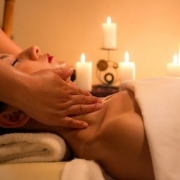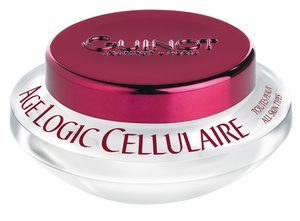The Importance of Branding Your Spa
Do you have a readily available “elevator speech” when asked to describe your spa business?
Are those few sentences capturing the essence of your brand?
In a crowded market, the importance of branding your spa is paramount in maintaining your market share. If you have not invested time or effort in carefully crafting your spa’s brand message, it’s not too late to start.
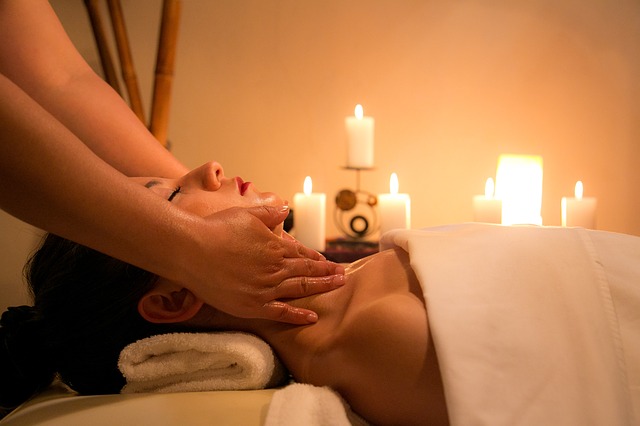
What sets your spa business apart from your competition?
It’s the intangibles such as your reputation, your client care, and the way your spa connects with clients. These are components of your spa brand that are the cornerstones of any marketing efforts but are too often after-thoughts in the development of a spa business.
Sure, your treatment menu offers facials, massages and body treatments, but so do many others. Sell retail products? Check. Use high-quality skin and body products? Check. With so much competition available for discretionary dollars to be spent in the spa, and with so many spas bombarding clients with marketing messages, it has never been more important for your spa brand to have a clear identity that stands out from the crowd.
The goal of branding your spa is to attract the right clients.
Your goal with strong branding is not to attract all clients – it’s to attract the right clients, who relate to your brand and the way you do business. This deeper connection does more to keep clients coming to you than fancy décor or staff training programs can, because it connects them to your meaningful purpose. But in order to know what you “stand for,” that has to be clearly articulated at many different touch points.
For example, let’s imagine that your original intent was to create a spa business based on holistic health. You would carefully select a name for the spa that communicated your concept; maybe something like Spa 360, emblematic of a continuous circle. You would have a logo designed that would likely incorporate some sort of circular graphic, to reinforce the concept visually. You would want to make sure that your emails and your receipts have your logo printed on them. You would likely choose a plant-based product manufacturer that offered options that were organic, as opposed to something packed with chemicals and artificial preservatives.
You would develop a compensation plan for your staff that had components such as a contribution to health care coverage, and paid time off, to ensure their health and wellbeing. Your website will probably have a tab for “community,” where you can share a calendar of upcoming events that are important to your clients. These are decisions that support the meaning behind your spa brand; in and of themselves, they are not significant, but they add up to a sum greater than the total of the parts. The feel of the brand that you create resonates with your target client, and that is why they continue to do business with you.
Spa branding should be a constant component of your operations.
Once you have breathed life into your spa brand, that identity must continue to be nurtured and evolved, and should be a constant component of your operations and marketing plans. Take a look around your spa; is your brand personality clear? The colors and ambiance should, at least subtly, reference the brand identity. Internal signage, retail wrap packaging, staff uniforms, and printed collateral such as menus and other marketing materials, all should share the look and feel of the spa brand you are striving to create.
The same holds true for your external and internal client communications; invest some time and energy creating e-blast and newsletter templates that reflect the brand personality. Although the look and feel of these materials is the more immediately obvious reference, a strong brand connection has to go deeper. Back to our example of the holistic spa, used above; your monthly e-newsletter would include educational and informational bits, such as introductions of new staff members, an article highlighting a community event that your staff participated in, and perhaps a recipe for a healthy, easy make-at-home soup, as well as product and service sales promotions.
As you grow, you may branch off into different directions.
It’s important to be aware that brands change and evolve over time; even if you did have a major premise and set of core values at the center of your spa personality, as the business grows, it is common to branch off into new or different directions, which may not be as firmly linked to that central identity. At least once per year, you and your management team should be holding an off-site retreat and candidly evaluating your market position and the effectiveness of your communications. Have you strayed from your original message, or is it time to make adjustments to the brand identity? Sometimes a simple logo refresh by a graphic designer can do the trick, but at other times, you may need to make choices that better articulate your company values.
Remember, there are approximately 26,000 spas in North America alone; what will encourage a client to choose yours over all of the others, at least on a repeat basis, goes beyond the price of your standard facial. Having a clear brand identity and developing it over time will help your business to stay true to your original intent and to stand out from your competition.
This article was published first at blog.booker.com.


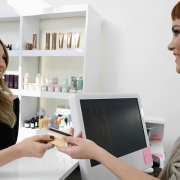
 Probably a result of both the growing population and the explosion of technology attracting our time and attention, people just really want to stand out as an individual. Consumers don’t just want experiences, they want experiences that are tailored to THEM. You’ve no doubt seen the proliferation of DIY shops, where you can make artwork, or ceramics, or learn to cook. You can find myriad sources online where you can personally design clothes, sneakers, artwork, you name it, and have it delivered.
Probably a result of both the growing population and the explosion of technology attracting our time and attention, people just really want to stand out as an individual. Consumers don’t just want experiences, they want experiences that are tailored to THEM. You’ve no doubt seen the proliferation of DIY shops, where you can make artwork, or ceramics, or learn to cook. You can find myriad sources online where you can personally design clothes, sneakers, artwork, you name it, and have it delivered.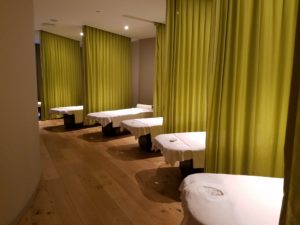 One; consumers today, especially millennials, like to share their experiences with others. Going into a room for a treatment, alone with the technician, which boomers have always enjoyed, is presenting new challenges for spas. Quiet, dark, library-like spa spaces are not an appealing destination for many consumers today. This is a sea change that has to be handled from the design of facility and menu through marketing and operations. But it clear that socializing and enjoying experiences with others needs to be woven into our spa fabric.
One; consumers today, especially millennials, like to share their experiences with others. Going into a room for a treatment, alone with the technician, which boomers have always enjoyed, is presenting new challenges for spas. Quiet, dark, library-like spa spaces are not an appealing destination for many consumers today. This is a sea change that has to be handled from the design of facility and menu through marketing and operations. But it clear that socializing and enjoying experiences with others needs to be woven into our spa fabric.

 Everyone loves the holiday season, whatever one you celebrate, but the season does have to come to an end. You may be the kind of person who likes to leave their Christmas tree up until mid-January, but the longer we drag out the holidays in a business setting, the harder it is to get the clients excited for next year.
Everyone loves the holiday season, whatever one you celebrate, but the season does have to come to an end. You may be the kind of person who likes to leave their Christmas tree up until mid-January, but the longer we drag out the holidays in a business setting, the harder it is to get the clients excited for next year.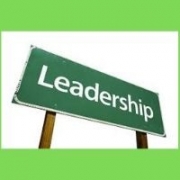


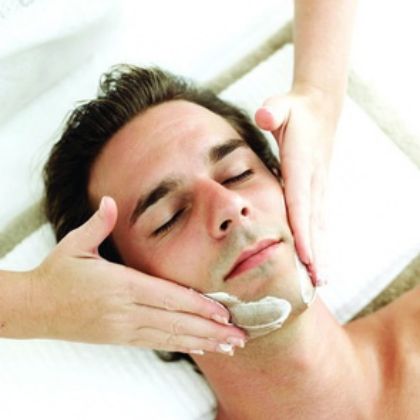 Therapists in the U.S. are the best paid in the world and can earn up to US$4,166 (€3,100, £2,700) a month. Meanwhile their counterparts in Malaysia, with the worst salaries, only bring in US$308 (€231, £200). These were the findings of Real Numbers on Esthetician Compensation, a report published by leading industry body the Global Spa & Wellness Summit (GSWS) in April. One of the first analyses on global therapist pay, it marked the debut of the GSWS’s Metric Minutes – compilations of anonymously-sourced, industry data and stakeholder interviews that are designed to “simply start the conversation”.
Therapists in the U.S. are the best paid in the world and can earn up to US$4,166 (€3,100, £2,700) a month. Meanwhile their counterparts in Malaysia, with the worst salaries, only bring in US$308 (€231, £200). These were the findings of Real Numbers on Esthetician Compensation, a report published by leading industry body the Global Spa & Wellness Summit (GSWS) in April. One of the first analyses on global therapist pay, it marked the debut of the GSWS’s Metric Minutes – compilations of anonymously-sourced, industry data and stakeholder interviews that are designed to “simply start the conversation”.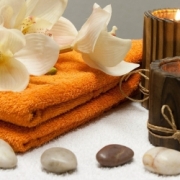
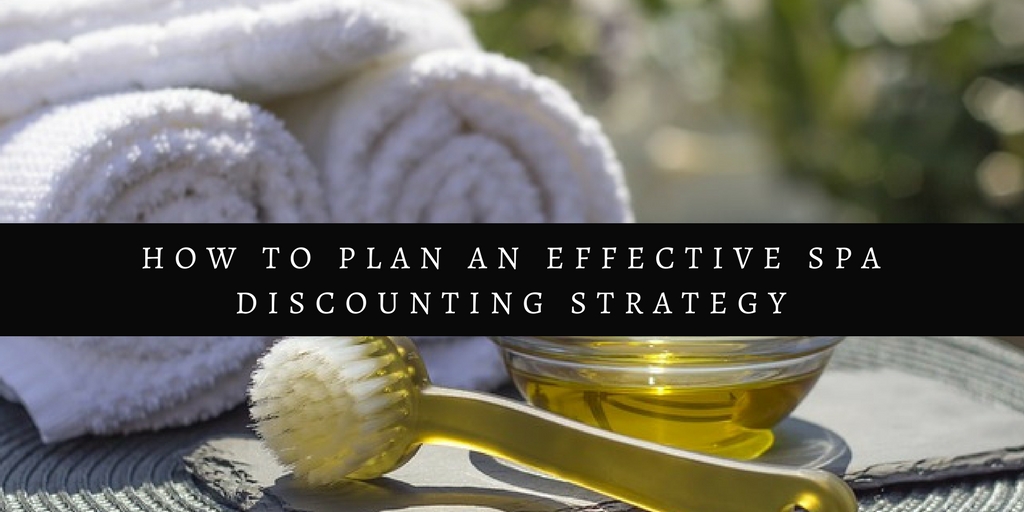
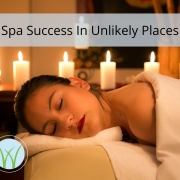
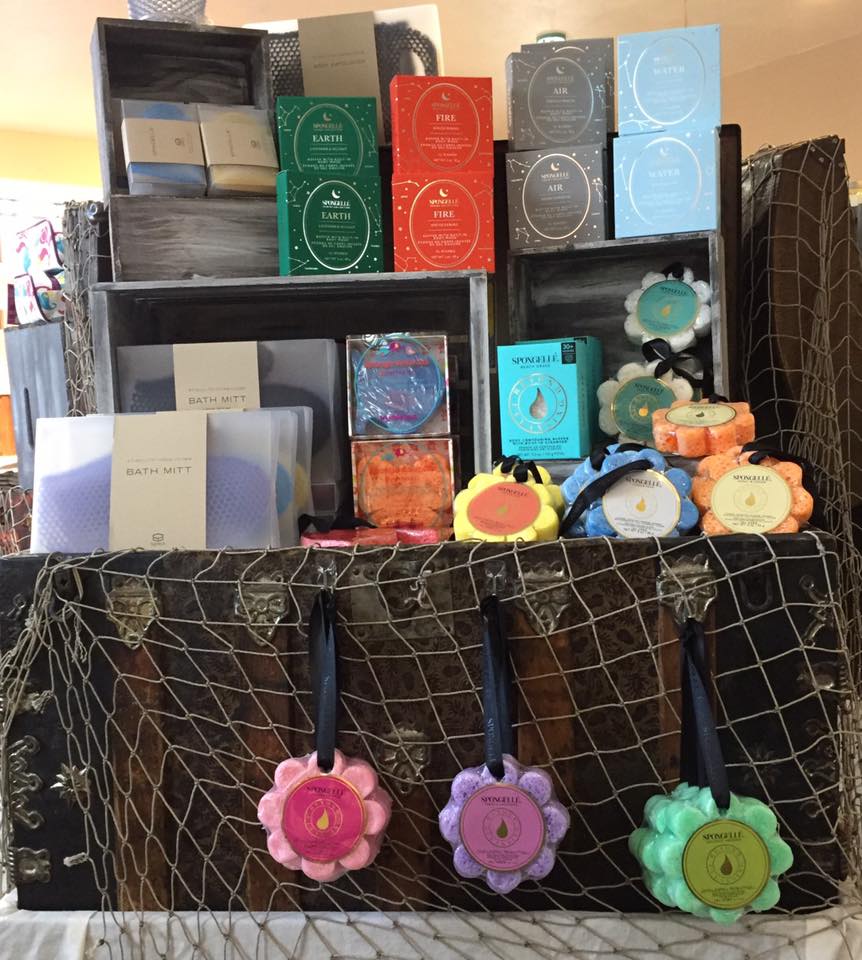
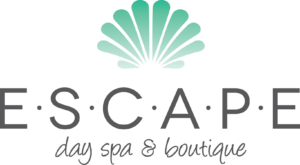
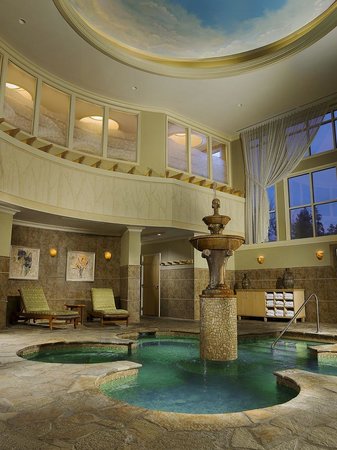
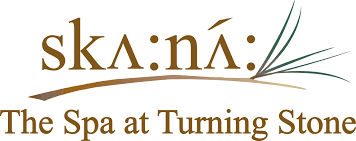 My next stop was the
My next stop was the 
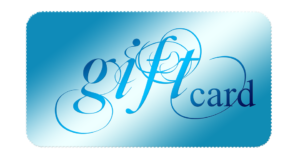 The gift card phenomenon began in the US about 30 years ago and has continued its upward trajectory ever since, topping $127 billion in 2016. Gift cards and certificates are popular in spas and salons, and why not? You can never provide too many massages or pedicures.
The gift card phenomenon began in the US about 30 years ago and has continued its upward trajectory ever since, topping $127 billion in 2016. Gift cards and certificates are popular in spas and salons, and why not? You can never provide too many massages or pedicures.
